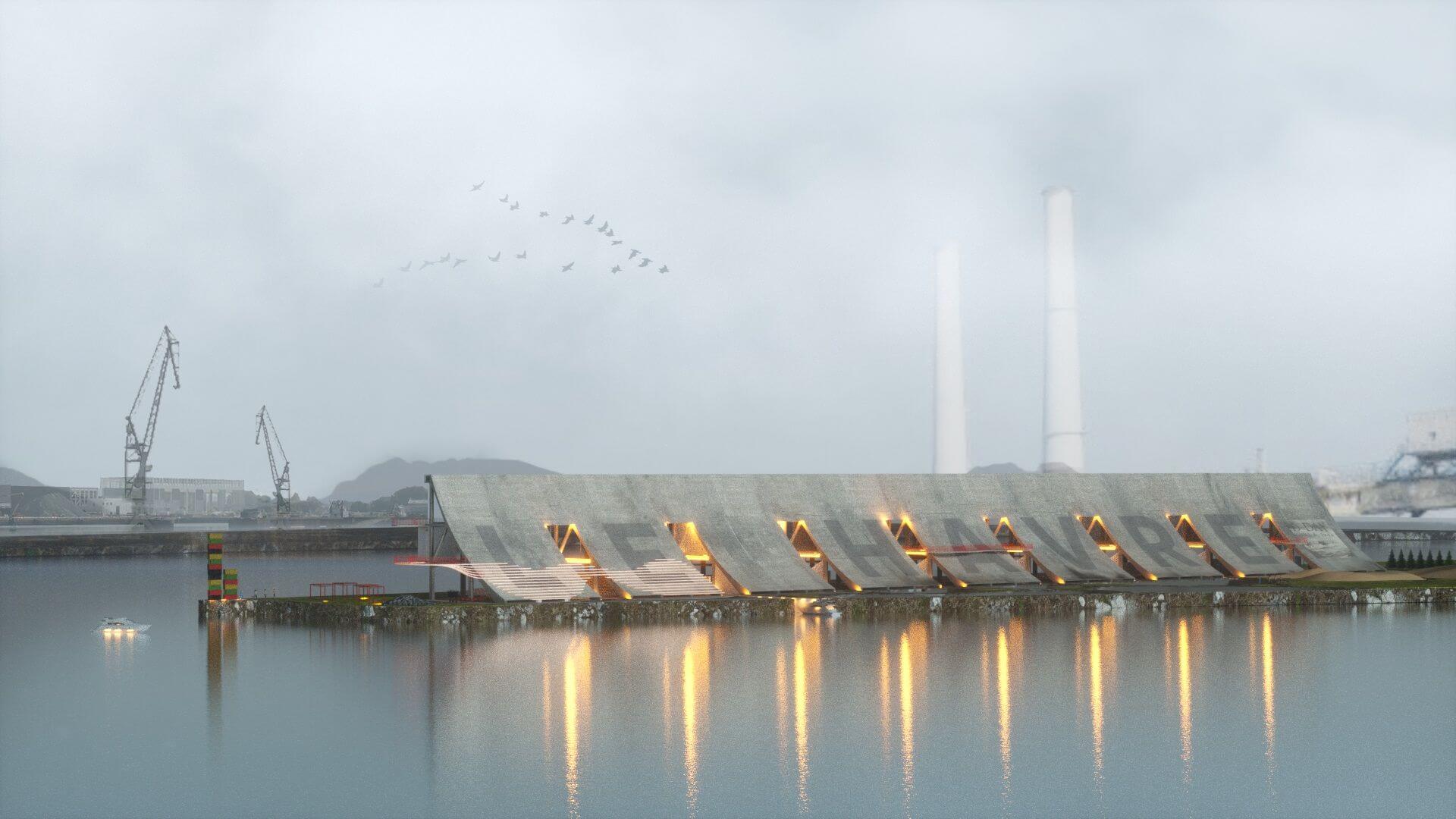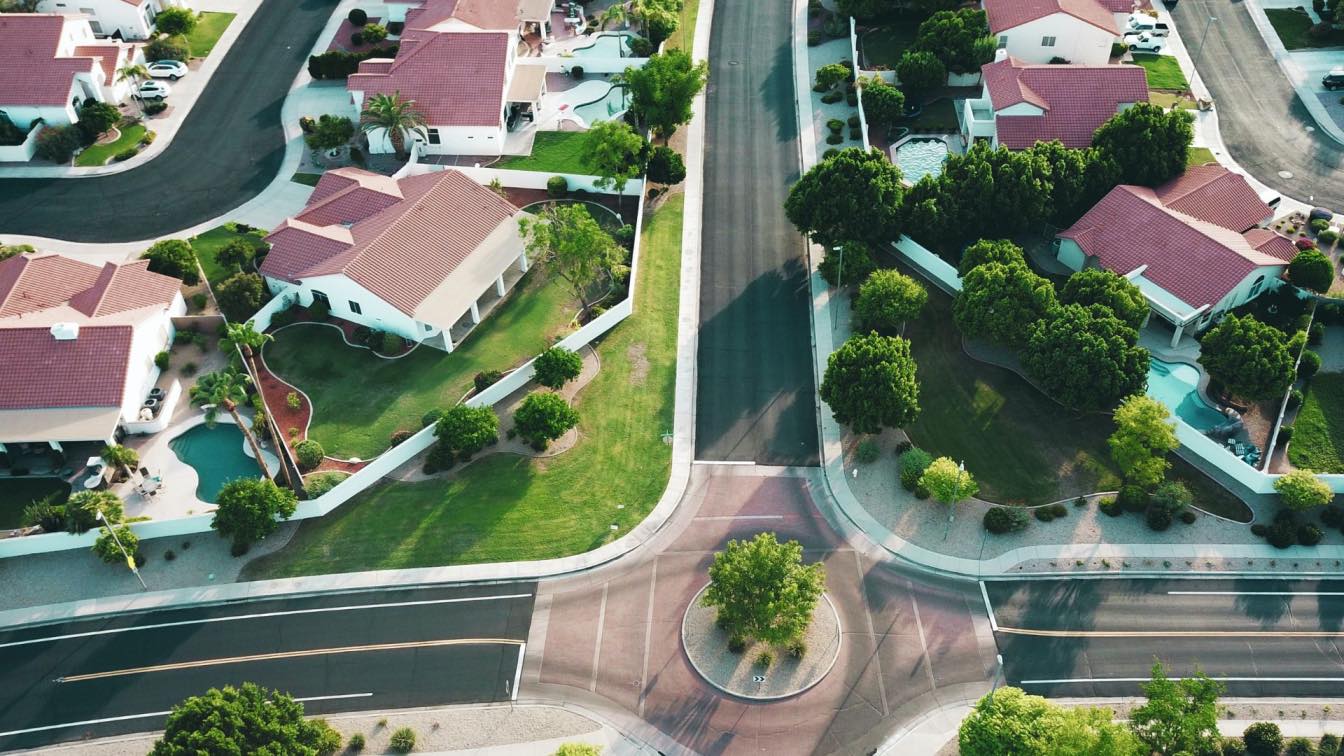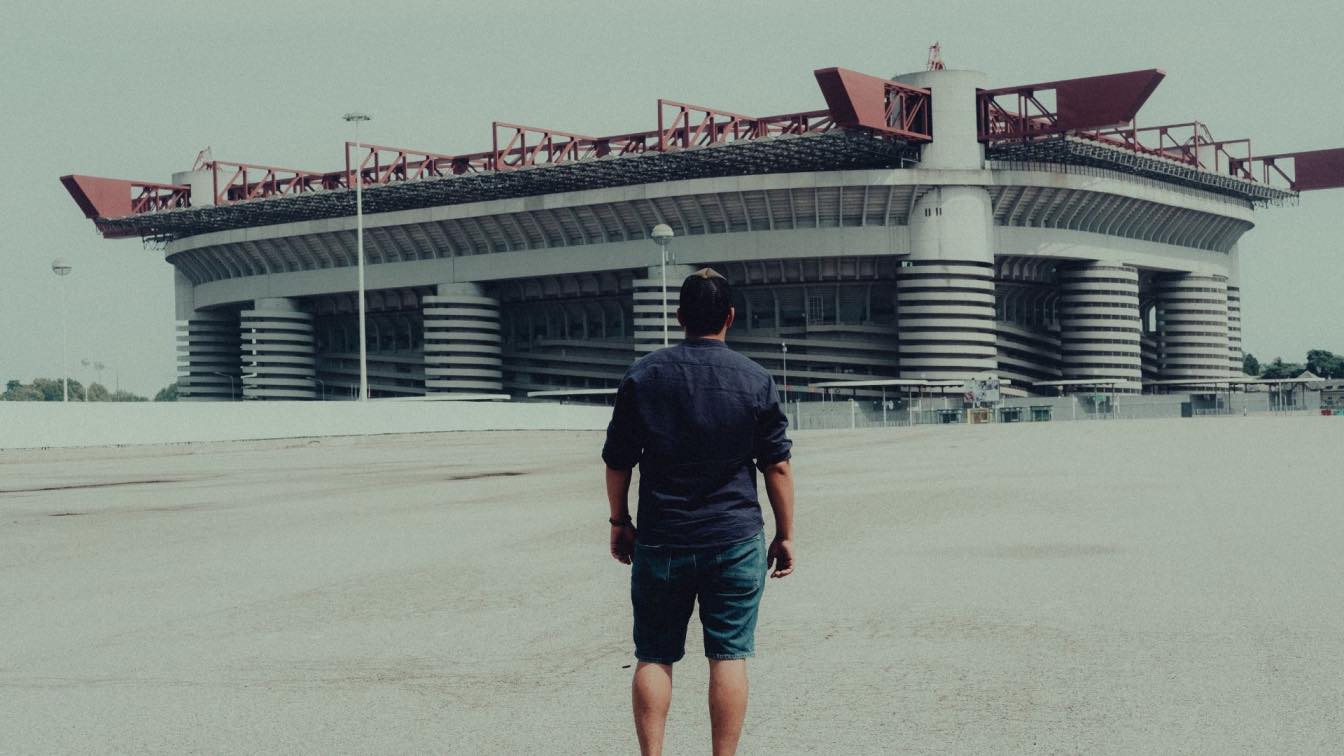From the void beneath elevated highways to the skeletal remains of industrial infrastructure, cities are filled with spaces never intended for inhabitation. These sites - urban leftovers - are often seen as awkward gaps, byproducts of larger systems, or relics of another era. But for architectural designer Yuejun Han, they are not accidents. They are the unacknowledged consequences of infrastructural logic-and therefore, sites of untapped potential.
Han’s work focuses on the reuse of spatial residue - not through overwriting or beautifying, but through careful re-framing. In projects like Re-Bridge and Re-Landing, she and her collaborators explore how spaces made obsolete by function or excluded by structure can be re-integrated into civic life. Her approach prioritizes typological precision, environmental layering, and a respect for what already exists.
Re-Bridge reimagines the spaces beneath elevated highways as frameworks for housing and public life. While such infrastructure is designed to connect cities, in practice it often fractures them - cutting off pedestrian routes, lowering urban quality at the street level, and turning enormous spans of land into leftover voids. Drawing from global patterns of unaffordable housing and disconnected urban fabric, the project introduces a system of elevated residential units, allowing the ground to be reactivated as public space.

This system is not imposed - it is read from the structure itself. Rather than treat the bridge as a problem to be hidden, the design works with its rhythm and section. Housing is suspended independently to avoid vibration and noise, while retail, paths, and green buffers reestablish continuity at grade. Perforated screens and vegetation filter sound and pollution, turning inhospitable zones into soft edges of inhabitation.

One application of this system focuses on a site beneath the highway bridges in Miami, Florida, currently used for surface parking. The surrounding infrastructure divides the neighborhood and weakens walkability. The proposal lifts housing units above, reconnects pedestrian paths below, and introduces a mix of public programs that reframe the site as an active, human-scale corridor. The result is not just spatial reuse, but a rearticulation of how infrastructure meets daily life.

Re-Landing addresses a different kind of residual site: not one excluded by infrastructure, but one abandoned by function. The Brise-Vent structure in Le Havre was built in 1947 as a massive windbreak wall for the harbor. Long disused, it stands as a monumental concrete arc - stranded but still spatially charged. Han’s team proposed an adaptive reuse that retains the full arc, turning it into an open-air museum and elevated public promenade. Visitors arrive by boat, echoing the original D-Day landings, and enter a layered environment of movement, memory, and scale.

Here too, the architecture follows what’s already there. The east-west orientation and formal porosity of the structure suggest a spatial path. Rather than obscure or compete, new elements respond: floating galleries, curved seating, and perforated metal roofs that shift with light and weather. Theater seating rides the arc above, skate parks extend its geometry into the landscape, and viewing platforms are placed in its gaps. All new insertions remain structurally separate from the original form - inviting contrast without conflict.

Across both projects, Han treats leftover space as a design instruction, not a constraint. The goal is not to assert authorship, but to clarify what a site already contains. Her work makes the case for slow, incremental architecture - one that restores continuity without spectacle, and positions buildings as systems that listen as much as they define.
In doing so, she offers a model of urban design rooted in adjustment rather than overhaul. Her strategy builds outward from the material, infrastructural, and cultural conditions of a site - supporting civic coherence over novelty. In contexts like the United States - where housing shortages, spatial fragmentation, and aging infrastructure remain urgent - this approach aligns with a public need to rethink how we live with what we’ve already built. It is a practice defined not by invention, but by stewardship.
About the Designer
Yuejun Han is an architectural designer based in Los Angeles. Her work spans scales and formats - from large-scale transportation and infrastructure projects to independent design research on urban residue, typology, and adaptive reuse. Her work has been featured by ArchDaily, Archinect, and Bustler, and recognized by international competitions including the MUSE Design Awards and Arch Design Award.
Linkedin: https://www.linkedin.com/in/yuejun-han/





